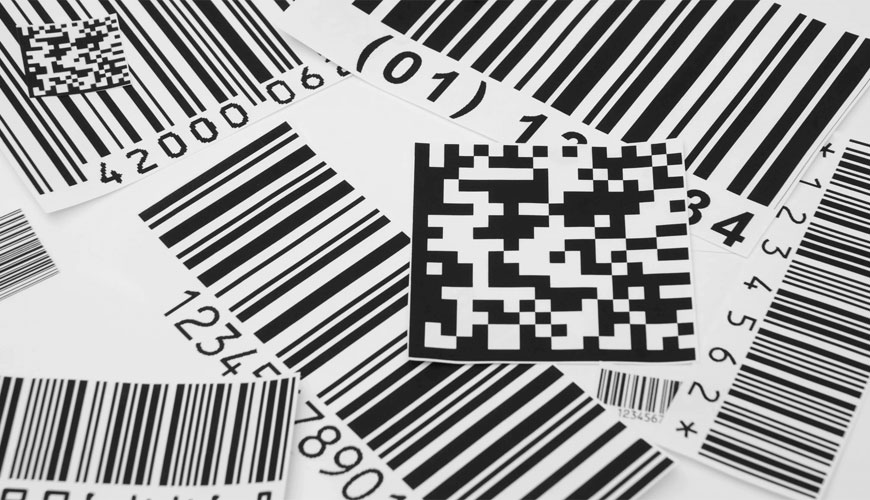

EUROLAB laboratory provides testing and compliance services within the scope of ISO 15415 standard. The ISO 15415 standard, developed by the International Organization for Standardization (ISO), specifies two methodologies for the measurement of certain attributes of two-dimensional barcode symbols, one applicable to multi-line barcode symbologies and the other to two-dimensional matrix symbologies.

ISO 15415 defines methods for evaluating and rating these metrics and obtaining an overall assessment of symbol quality. It also provides information on possible causes of deviation from optimum ratings to help users take appropriate corrective action.
ISO 15415 applies to two-dimensional symbologies for which a reference decoding algorithm is defined, but their methodology can be applied partially or wholly to other similar symbologies. While ISO 15415 can be applied directly to part brands, with ISO 15415 together with ISO 29158 it is possible to achieve a better correlation between measurement results and scanning performance.
Barcoding technology is based on the recognition of patterns that are encoded in bars and spaces or in a matrix of modules of defined sizes, according to rules that define the translation of characters into such patterns, known as symbology specification. Symbology specifications can be categorized as those for linear symbols on the one hand and those for two-dimensional symbols on the other; the latter can be subdivided into "multiline barcode symbols", sometimes called "stacked barcode symbols" and "two-dimensional matrix symbols". There is also a hybrid group of symbologies known as "compound symbologies"; these symbols consist of two components carrying a single message or related data.
Multiline barcode symbols are graphically rendered as a series of symbol characters representing data and vertex components placed in a defined vertical arrangement to form a (normally) rectangular symbol containing a single data message. Each symbol character has a linear barcode symbol character and each line has a linear barcode symbol; therefore each line can be read by linear symbol scanning techniques, but the data in all lines in the symbol must be read in order for the message to be transmitted to the application software.
Two-dimensional matrix symbols are normally square or rectangular arrangements of dark and light modules whose centers are placed at the intersections of two (sometimes more) axes; The coordinates of each module need to be known to determine its significance, and therefore the symbol needs to be analyzed in two dimensions before it can be decoded. Point codes are a subset of matrix codes in which individual modules do not directly touch their neighbors, but are separated from them by a clear gap.
To fulfill its main purpose as a machine-readable data carrier, the barcode symbol must be produced in such a way that it can be reliably decoded at the point of use.
Barcode equipment manufacturers and manufacturers and users of barcode symbols therefore need publicly available standardized test specifications for objective assessment of the quality of barcode symbols (a process known as validation) that they can refer to when developing equipment and applications. determining the quality of standards or symbols. Such test specifications form the basis for the development of measuring equipment for process control and quality assurance purposes during and after symbol production.
Currently, there are many methods for assessing barcode quality at different stages of symbol production. The methodologies described in this International Standard are not intended to replace any existing process control method. They provide symbol manufacturers and trading partners with universally standardized tools to communicate the quality of multi-line barcode and two-dimensional matrix symbols after they are printed. The procedures described in this International Standard must be strengthened by the reference decoding algorithm and other measurement details within the applicable symbology specification, and they may also be suitably modified or superseded by applicable symbology or application specifications.
Among the services provided by our organization within the framework of material testing services, there are also ISO 15415 standard tests. Do not hesitate to contact our laboratory EUROLAB for your testing and certification requests.
To get an appointment, to get more detailed information or to request an evaluation, you can ask us to fill in our form and reach you.